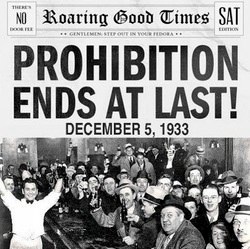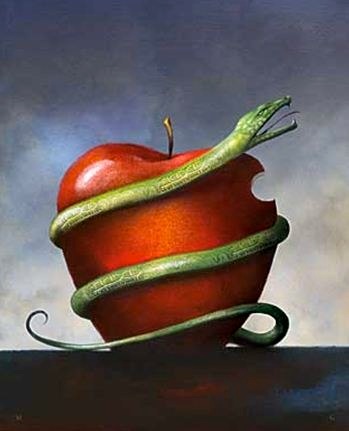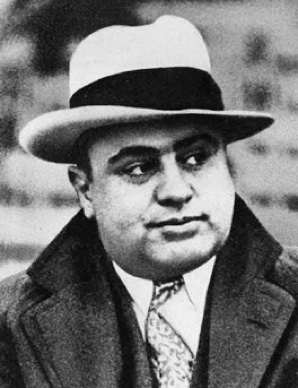Alcohol and Drugs: History Repeated

Holder’s opinion is that the prisons are too full of nonviolent drug offenders. His solution is to direct U.S. Attorneys to charge drug offenders with the least possible offenses that do not require confinement under sentencing guidelines.

The guidelines are established in laws passed by Congress. So the criticism is that Holder is evading the law rather than enforcing it.
Regardless of the merits of either argument, the issue emphasizes the utter idiocy or absurdity of the basic law criminalizing narcotics.
As argued here several years ago, outlawing the use of recreational drugs ignores the lessons of history and breeds violent crime.
The history lessons are in the drug story that predates written history. Alcohol was discovered as an essential hydrator for early humans. In the days before water purification was known, it was noted that fermented juices did not result in illnesses traceable to water. So wine and other spirits became a preferred liquid that is mentioned in the Bible and other early histories.
Early last century, Americans became concerned that alcohol was destroying lives and families instead of serving as a substitute for water. So they did the “logical” thing to save lives and families. They prohibited the manufacture, transport, and sale, but not the consumption, of “intoxicating liquor” by adopting the 18th Amendment to the Constitution, effective January 17, 1920.
The utopia envisioned by that amendment never occurred. Alcohol consumption did not fade away. As noted by Dwight B. Heath in “Prohibition, Repeal and Historical Cycles” in The Brown University Digest of Addiction Theory & Application:
“Following the 18th Amendment's adoption, prohibition effectively resulted in a public demand for illegal alcohol, making criminals of producers and distributors. The criminal justice system was swamped although police forces and courts had expanded in recent years. Prisons were jam-packed and court dockets were behind in trying to deal with the rapid surge in crimes. Organized crime expanded to deal with the lucrative business, and there was widespread corruption among those charged with enforcing unpopular laws.”

Sound familiar? There is a direct parallel between alcohol and narcotics. Both are enjoyable. Both are intoxicating. Both can be abused. Both can be deadly to the users and others in the way of intoxicated drivers. Both will be found by users and addicts whether legal or illegal. Both become more desirable when prohibited because a prohibited substance takes on the aura of forbidden fruit.

Drugs will be produced legally or illegally to satisfy an ever present demand. The production and distribution of alcohol when it was illegal was a breeding ground for crime gangs. That is best exemplified by the Saint Valentine’s Day Massacre.

Again, sound familiar?
A day without an account of an arrest of a gang leader, a shootout among gangs, the massacre of police authorities, or similar activity just over our southern border is a rarity. Some of that violence bleeds northward and claims American lives.
As noted in the Los Angeles Times on July 23, “Since June, 2008, LA Times reporters and photographers have chronicled, from both sides of the border, the savage struggle among Mexican drug cartels for control over the lucrative drug trade to the U.S. The conflict has left thousands dead, paralyzed whole cities with fears, and spawned a culture of corruption reaching the upper levels of the Mexican state.”
So here’s the perspective.
AG Holder may have circumvented the law rather than uphold it as he is supposed to. He realized the pressing need, however, to ease the prison overcrowding and realized that it would be a difficult long, long pull, to get Congress to act in a responsible way. So he took a necessary stop gap action to ease the smallest part of the problem.
When will the rest of the nation wake up to history and put all drugs on the same playing field as the drug of alcohol. Apply the lessons of history and take a major bite out of murder, mayhem, and crime in general.
enough





